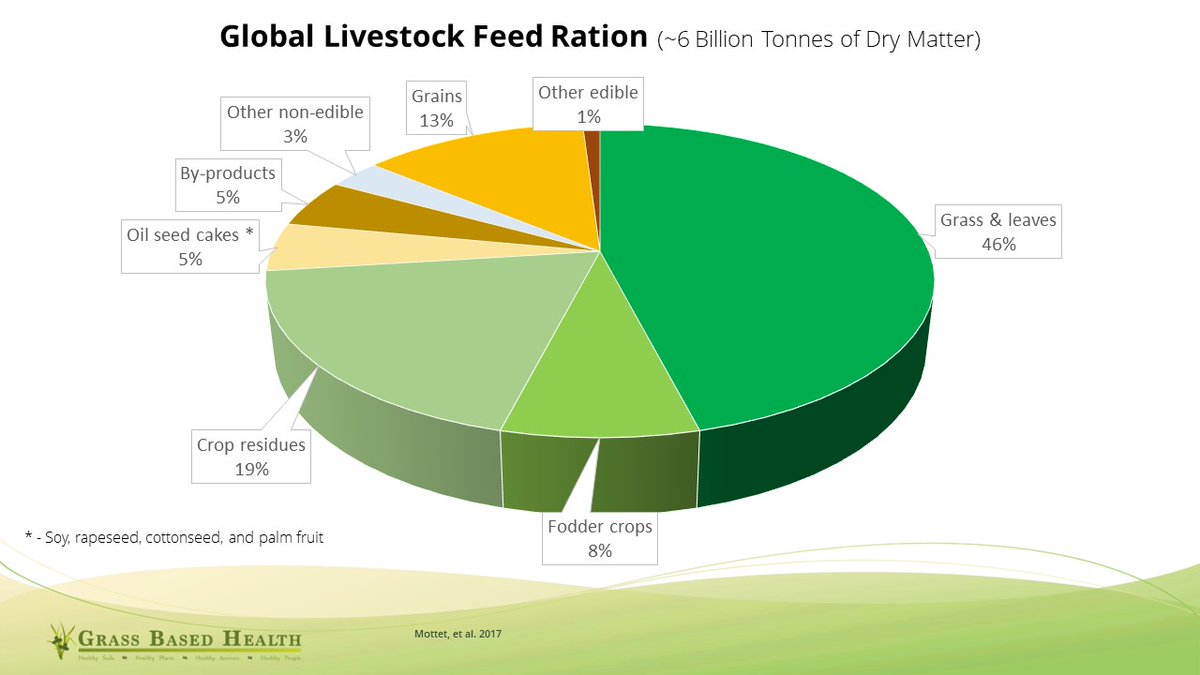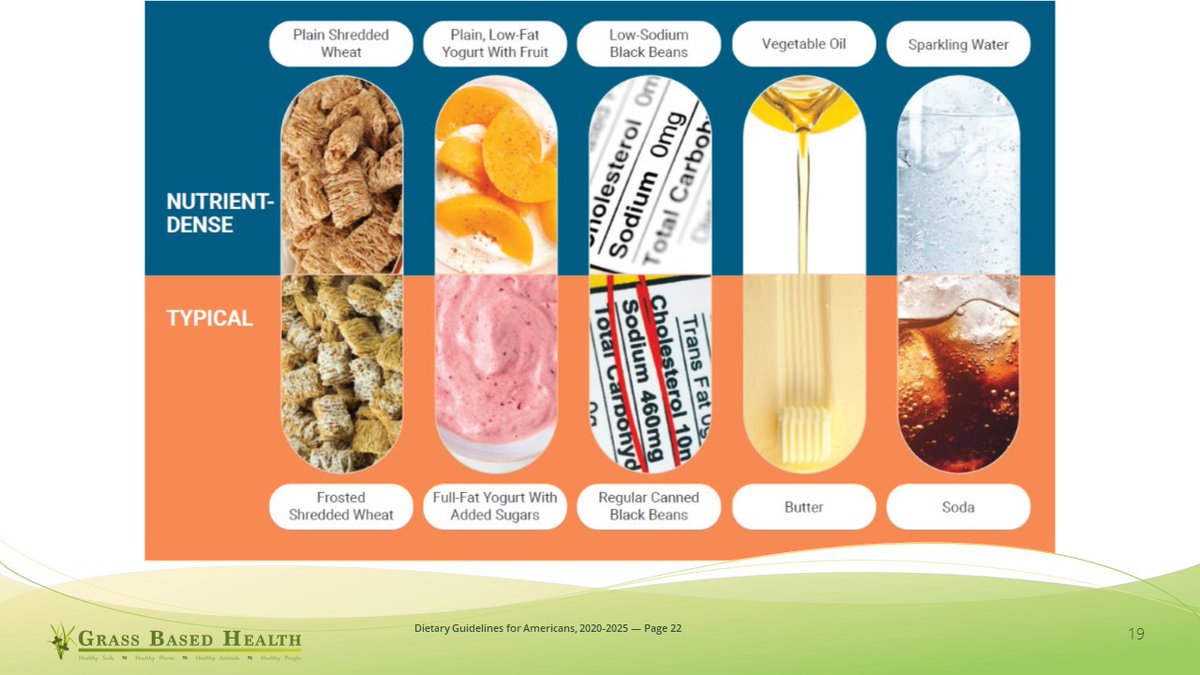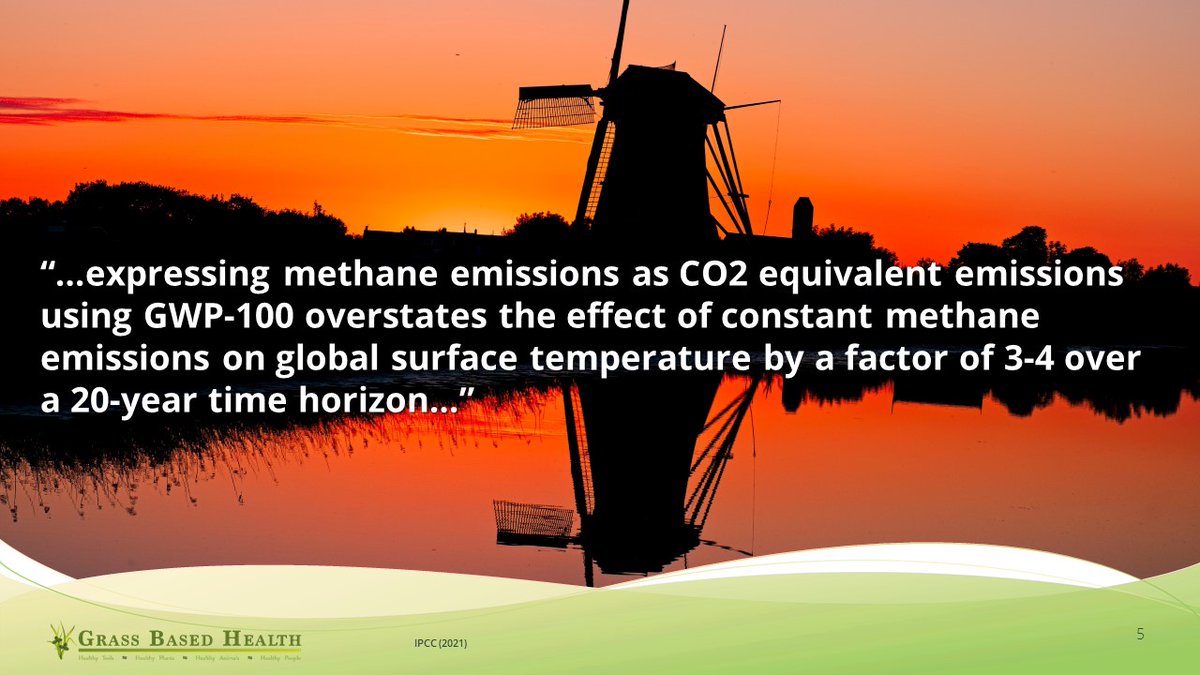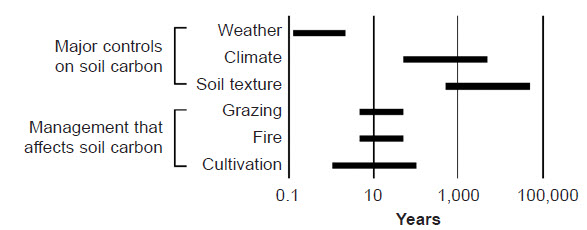
In case it comes up -
96% of the feed consumed by domesticated ruminants is NOT human-edible. The grains that are fed amounts to 7% of 2018 global cereal production. #Upcycling #FoodSecurity #EssentialNutrition #SustainableFood
1/4
96% of the feed consumed by domesticated ruminants is NOT human-edible. The grains that are fed amounts to 7% of 2018 global cereal production. #Upcycling #FoodSecurity #EssentialNutrition #SustainableFood
1/4

83% of all livestock feed is consumed by ruminants, which can utilize resources humans cannot consume directly.
86% of the feed consumed by all livestock is NOT human edible. This amount of grain is 26% of 2018 global cereal production.
2/4
86% of the feed consumed by all livestock is NOT human edible. This amount of grain is 26% of 2018 global cereal production.
2/4

Sources
Mottet, A., et al. (2018). "Review: Domestic herbivores and food security: current contribution, trends and challenges for a sustainable development." Animal 12(s2): s188-s198.
3/4
Mottet, A., et al. (2018). "Review: Domestic herbivores and food security: current contribution, trends and challenges for a sustainable development." Animal 12(s2): s188-s198.
3/4
Sources
Mottet, A., et al. (2017). "Livestock: On our plates or eating at our table? A new analysis of the feed/food debate." Global Food Security 14: 1-8.
knoema.com/atlas/World/Ce…
4/4
Mottet, A., et al. (2017). "Livestock: On our plates or eating at our table? A new analysis of the feed/food debate." Global Food Security 14: 1-8.
knoema.com/atlas/World/Ce…
4/4
• • •
Missing some Tweet in this thread? You can try to
force a refresh



















